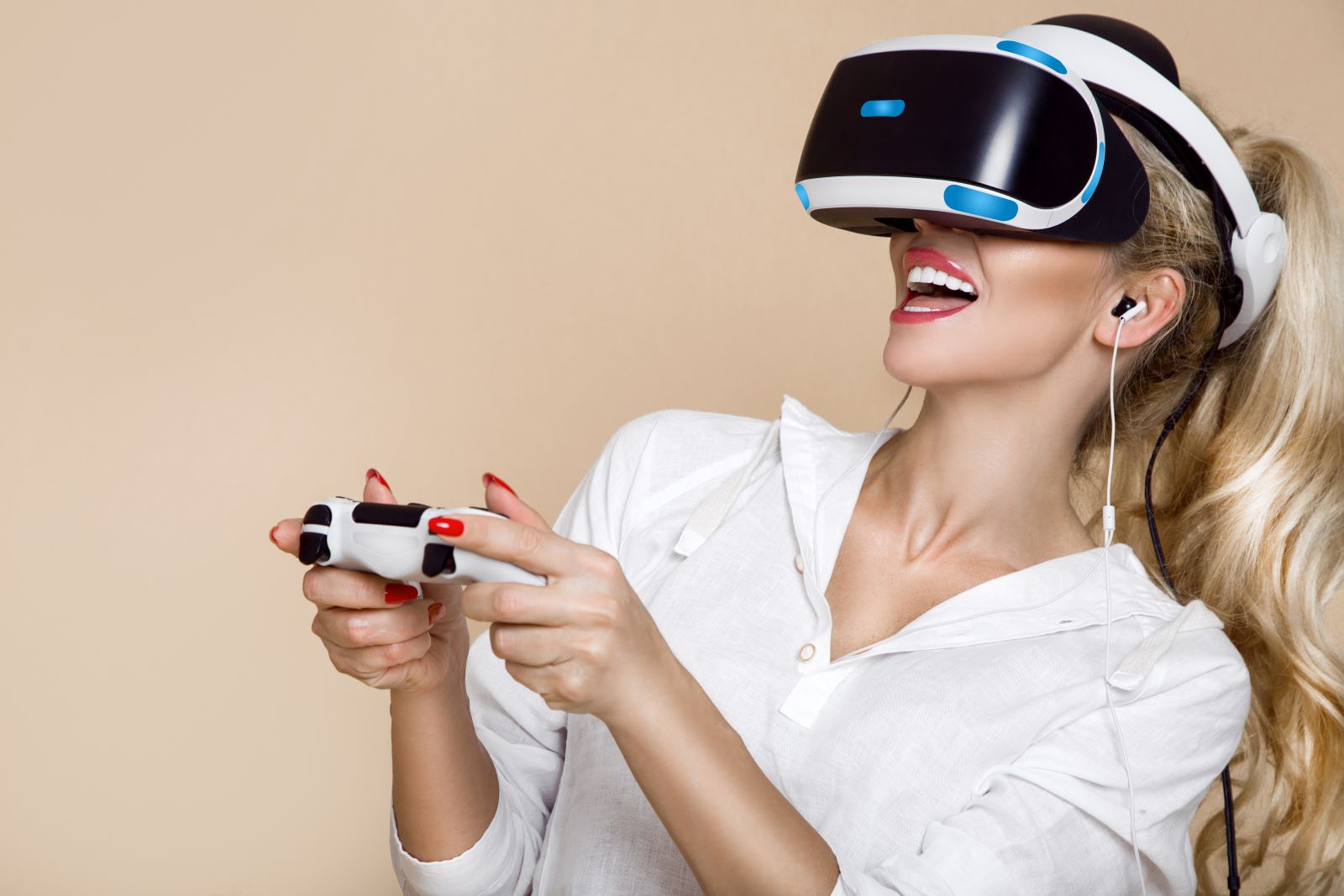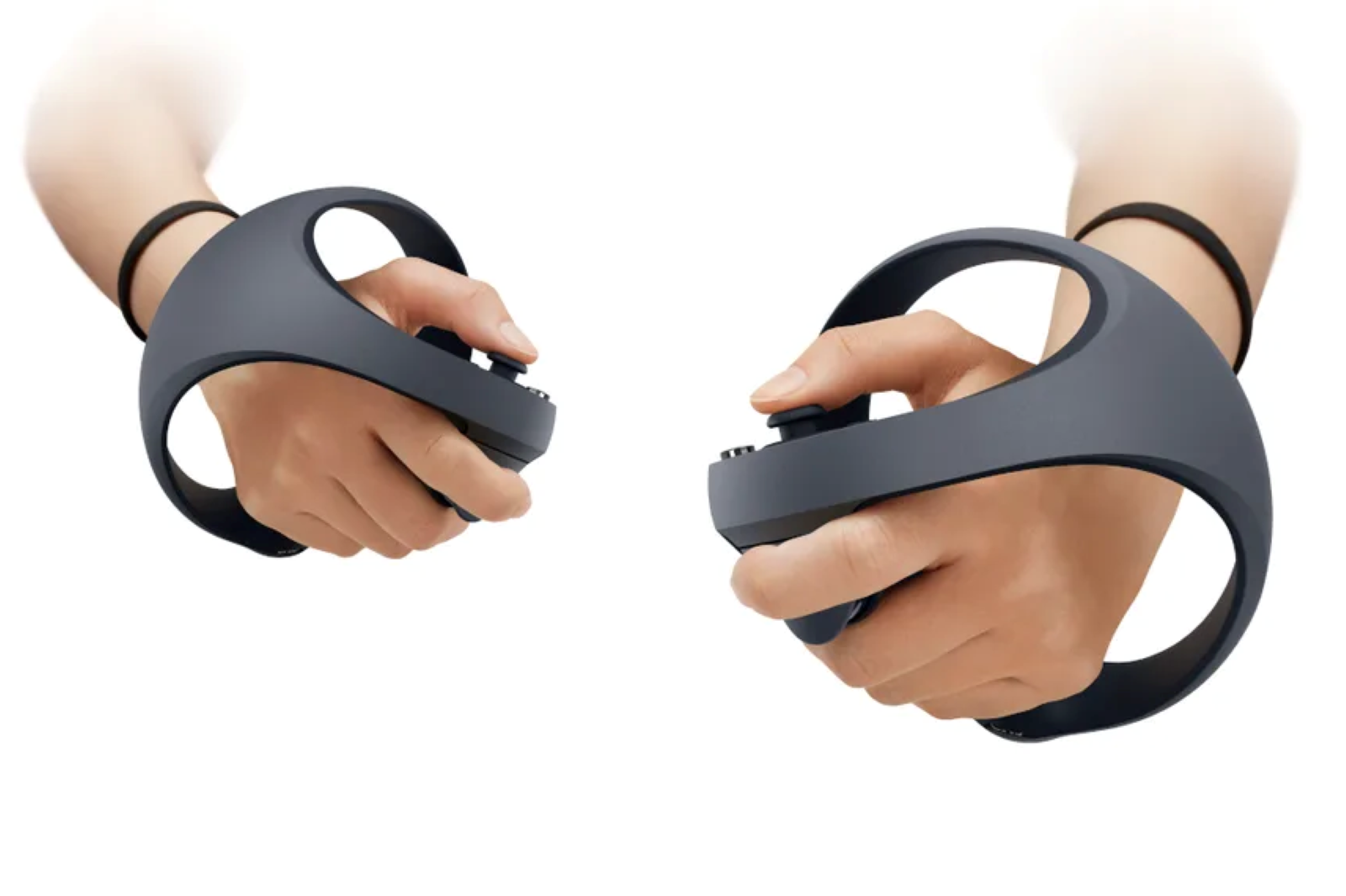A report from UploadVR sheds more light on Sony’s next VR system.
New PSVR 2 details: 4K resolution, haptic feedback and more

While stock limitations have kept the focus on actually getting a PS5 (PlayStation 5), details of the next PlayStation VR (PSVR) came straight from the source earlier this year when Sony first teased the new headset before dropping official images of the new PSVR controller a month later. Now, a new report from a reputable source has revealed more key details on the upcoming headset.
UploadVR reports that Sony has shared new hardware details with its partners, revealing information on the new PSVR’s resolution, rendering and haptic feedback.
According to the report, the new PSVR will feature 4K resolution (4000x2040 pixels, 2000x2040 per eye), a lens separation dial (for adjusting focus) and eye-tracking technology that’s capable of foveated rendering. There also appears to be a haptic feedback motor inside the headset itself (as well as the DualSense-inspired PSVR controllers).

The improved 4K resolution might speak for itself but you might be scratching your head wondering what the hell foveated rendering is. Don’t worry, so were we.
Foveated rendering is a display technology created specifically for VR and AR (Augmented Reality) experiences that relies on eye-tracking. In short, foveated rendering lightens the intense graphics processing workload for VR headsets, resulting in better battery life and, more importantly for the PSVR, more realistic VR environments.
To achieve this, it relies on eye-tracking technology (another feature rumoured for the new PSVR) to improve the graphical fidelity in areas that directly meet your gaze, rather than rendering your entire field of view with the same fidelity. By reducing the resolution in the areas that you’re eyes aren’t directly looking at, a headset using foveated tracking can allocate more processing power to the areas you are looking at.
Like the DLSS technology rumoured for the next Nintendo Switch, it’s a clever solution to a hardware limitation.
Haptic feedback on the headset?
It’s easy to imagine how haptic feedback in the headset could be used to provide deeper immersion in VR experiences (just like we’ve seen with the PS5 DualSense) but there could actually be a more practical application for the legions of players who suffer from motion sickness in VR.
There have been studies into using head-worn haptic devices to minimise motion sickness in VR. Researchers used alternating haptic feedback vibrations on the left and right side of VR headsets that synchronised with players' footsteps and found that the prototype technology significantly reduced motion sickness amongst VR users.
It's an exciting possibility if your stomach turns at the thought of using a VR headset.
Related Articles



